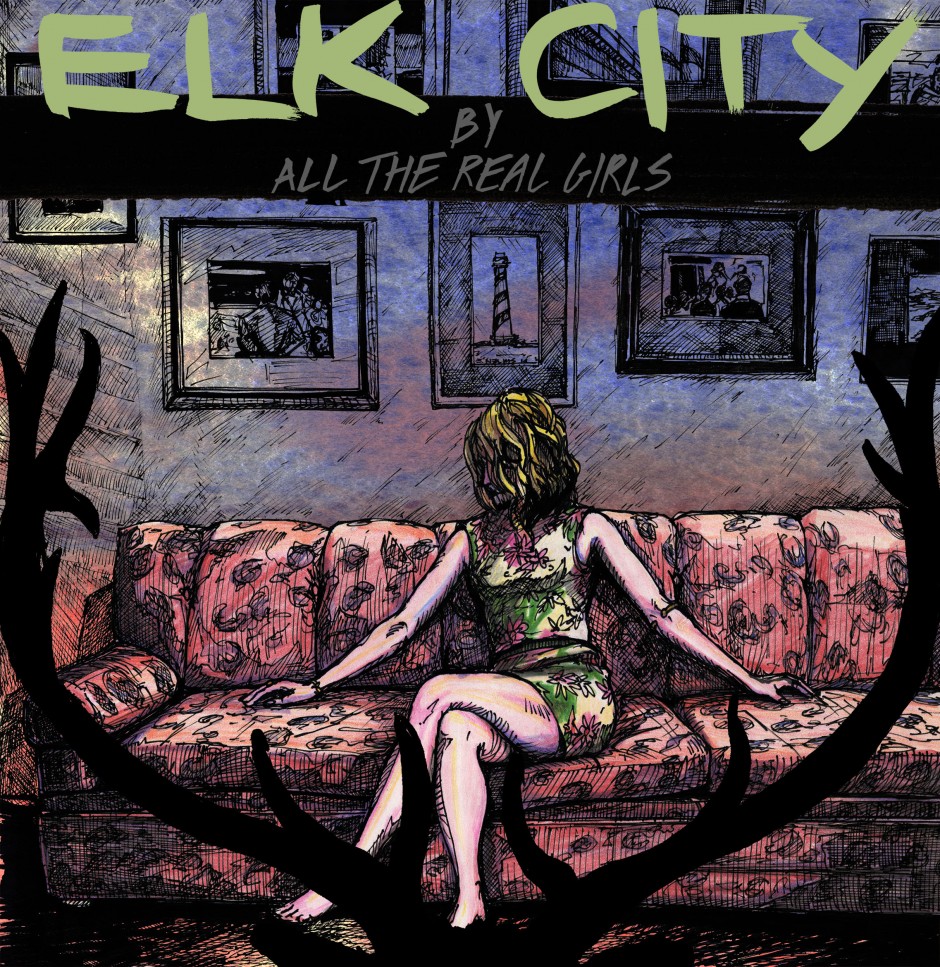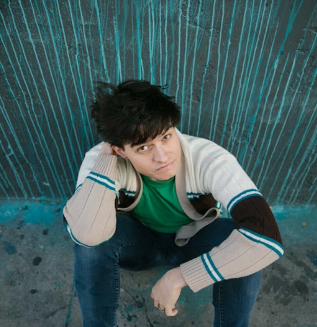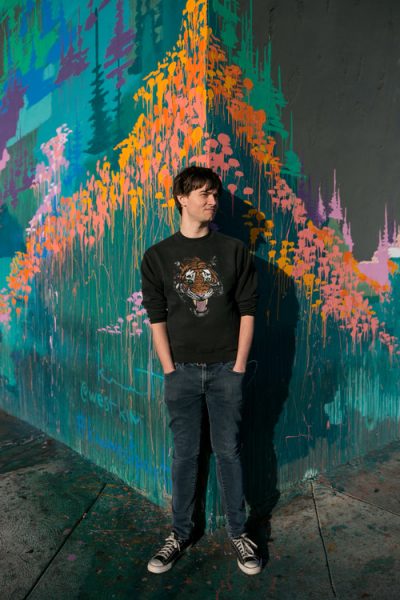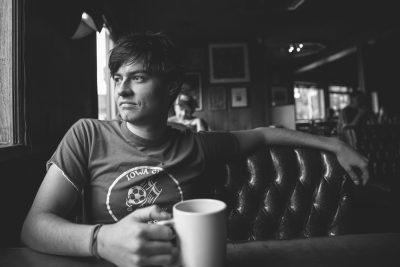All The Real Girls Talk to AmApAc

All The Real Girls‘ Elk City has been having a great run at radio, steadily moving up the CMJ Radio 200 to hit a new peak at #90 last week in its sixth week on the chart. We recently talked to Peter Donovan, the man behind the band, about ATRG’s history, the process of creating the album along with producer John Goodmanson (Sleater-Kinney, Bikini Kill, Nada Surf), and its all-star personnel (which includes members of Death Cab For Cutie and Built To Spill, amongst others).
—
You’ve named your project All The Real Girls, presumably after the 2003 David Gordon Green film of the same name. Why did you choose the name, and are there any connections between your music and the film?
Growing up, my first love was always making movies. I always liked music but I had never really tried to play it or write it.
I was in film school and my roommate at the time had a guitar, so I would sit around the house at night after class and mess around with it, trying to figure out how to write songs. Eventually I started recording some stuff just in my bedroom and I sent it around to friends and musicians I knew. I thought that if I could somehow trick them into thinking it wasn’t me, I might get more honest responses, so originally All The Real Girls was a pseudonym — a way to try and give some unanimity to the music.
I was always pretty bad with naming stuff and a lot of times when I’m writing a screenplay, I find myself stealing a song title to use for the film title. So I guess this was a similar idea, just backwards. One of the things I really like about that movie is the way they were able to make a very unique and precise story feel extremely relatable. A lot of my favorite songwriters do this too, like Patterson Hood or Craig Finn. They can use very specific details in the stories they are telling and, through that specificity, the story can become truly universal.

All The Real Girls’ Peter Donovan.
All The Real Girls includes a fairly impressive roster of musicians, including Shelby Earle and members of Death Cab For Cutie, Built To Spill, and several other important bands from the Pacific Northwest. How did you get hooked up with such talented players?
I had sent [Elk City producer] John [Goodmanson] probably 40 songs or something that I’d written and he went through and picked out the ones he felt were the strongest and I then had my favorites. We sat down first and pieced together the tracklist from the demos and then started talking about what I was looking for musically and different ideas for players that we thought would fit what we were going for. John started reaching out to some people and sent some demos around. Luckily, everyone we asked was really eager to be involved.
I remember the summer that [Death Cab’s] Transatlaticism came out; it was one of the records that really made me curious about writing songs, so working with Jason [McGerr] was pretty exciting. I’ve always been a big fan of his drumming — it’s really creative, but never distracting. It was a really good foundation to start the album.
The record really wouldn’t sound the way it sounds without all those people. Eric Corson’s bassline in “Las Cruces,” or Eric Howk’s guitar on “Elk City,” for example, are, in my opinion, the most special parts of those songs and they wouldn’t exist without those guys. That’s my favorite part about making a record. It’s always fun to put a bunch of talented people in a room and just see what happens.

Donovan credits producer John Goodmanson for easing frustrations and encouraging experimentation in the studio.
You tapped John Goodmanson, whose production resume includes albums by Blonde Redhead, Bikini Kill, Sleater-Kinney, and many more, to produce Elk City. How did he influence the album’s sound?
John’s personality in general, I think, is one of his biggest contributions. He’s very positive and very calm, and when you’re working long hours in the studio – and maybe something’s not working or people are getting frustrated – it’s really invaluable to have a guy like that running the ship.
Another thing I really liked was his willingness to try anything. He was always really enthusiastic about experimenting. Nothing was off-limits, which again I think really helps to foster a productive environment in the studio.
Musically, I’ve always really loved the way his records balance pretty moments and soft moments with loud, abrasive moments. He has a great appreciation for songwriting and never allows noise to overpower the song, but he can mix in all these different elements on top of it to make something musically provocative without losing the song. The hooks are gonna be there, but there’s usually something else in there too that’s gonna catch you off guard a little and make you a little uncomfortable.
Elk City is your debut LP, but you previously released an EP called Tinsel Town. How does Elk City differ from Tinsel Town, in terms of either the music itself or the process behind creating it?
Tinsel Town is a collection of songs that I wrote for an independent film called Lost On Purpose. It’s about five guys working on a dairy farm in Central California and some of the stories and lyrics on there are inspired by different characters in the film.
I wanted the music to have a real organic, urgent feel to it, almost a bit sloppy at times to fit the mood of the film. We recorded that whole EP live in a mill in New Hampshire in just a few days, without a ton of rehearsals or overdubs. So that experience was really different from Elk City, but I do think the songs on the new album are definitely rooted in a lot of those same classic American ideas and styles. I just really wanted this one to have a more dense and modern sound.

Donovan says fans should “stay tuned” for more shows and releases in the future.
The album’s title track has a beautifully-shot and somewhat creepy music video (embedded below). What was the inspiration behind that?
The video was written and directed by a really talented filmmaker, Tucker Wysong from Portland, Oregon. That idea was the first thing he pitched me and I was pretty much in from the get go.
I feel like that song, and I guess a lot of the album, is sort of a balance between sadness and reassuring, cautious optimism and I thought he got so much of that in the video. He actually had that elk skull hanging on his wall and I think he used that as a jumping off point. We shot out on his family’s land, which had be passed down from his ancestors who came over on the Oregon Trail. So the location definitely had a little bit of energy to it, which was cool.
What’s next for All The Real Girls? Can we expect a tour, or new recordings, anytime soon?
There are definitely going to be some shows in the future as well as more music. Stay tuned!






